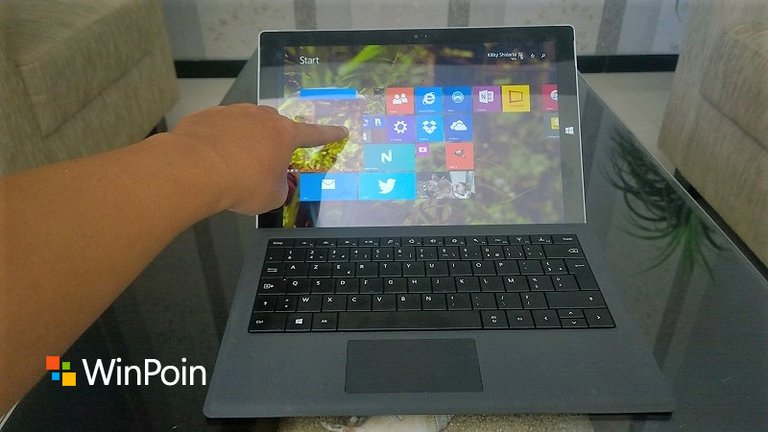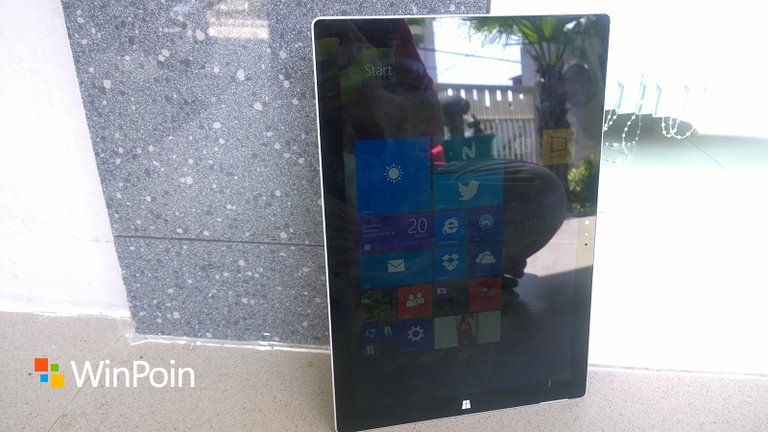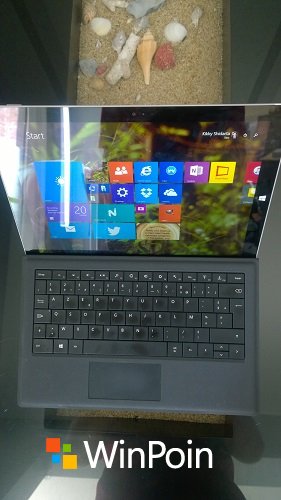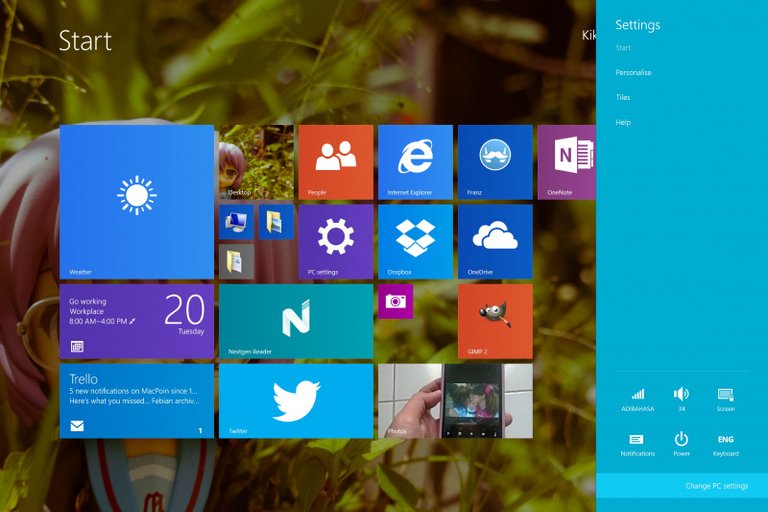
At the time of releasing Windows 8, Microsoft wanted something revolutionary, breaking down the rigid PC's order to match the increasingly mobile world . Steven Sinofsky who succeeded with Windows 7, was called to replace Allard who was then the head of development of Windows 8. Sinofsky managed to keep the target given by Microsoft, but unfortunately, Windows 8 became a flop product . Confused people use it and even avoid upgrading to Windows 8 to prevent problems that may arise due to this. The full story on this subject can be found at: Sinofsky, Heroes of Windows 7, Losers Windows 8 .
Windows 8.1 was released in an effort to 'rescue' Windows 8. Restoring familiar features with users in Windows 7, Windows 8.1 seeks to gain user trust and improve the latest use of Windows. After three years have passed since Windows 10 was released, I am interested to review how the experience of using the latest version of Windows 8.1 is the basis of Windows 10 in 2018. Here are my advantages, disadvantages, and opinions regarding Windows 8.1.
Advantages

At the first time released, Windows 8 was released with a Surface device that attempted to demonstrate the current 'direction' of Windows development, a flexible device, easy to function as a tablet, as well as a full-fledged computer. When I use Windows 8.1 devices, this advantage is felt once. I do not need to report changing device functions - Everything feels smooth. When I play the Surface Pro 3 device that I use to run Windows 8.1, it seamlessly switches the functionality as a tablet with a very similar look to Windows Phone (are you starting to miss a device that Microsoft is no longer running?)
All the software that I use as if running in a sandbox that makes the look of Windows 8.1 impressed neat and modern. This seems to be intended by Microsoft to maximize battery usage and functional software.
But of course from the perspective of 2018, smooth and smooth performance is still not free from some shortcomings.
Deficiency

Windows 8 is the first Windows version to introduce the Store system, which we can buy many apps that behave very similar to the typical mobile (similar to those running on smartphones). But unfortunately, some apps have been left behind compared to those in the Microsoft Store for Windows 10. In fact I can not find my mainstay app: share.it I use often to pass data easily. Software version intact version of the application is not as easy share.it Mobile- its to be used. So for the quality and quantity of applications, feels much different from the Windows 10.
The absence of Virtual Desktop that I used to use in Windows 10 also became one of my lack of use in Windows 8.1. Actually a desktop swipe system that can easily make us switch from desktop to app just by swiping the finger from left to right is very practical. Unfortunately this only applies if I use a desktop plus app from the store. If I use software other than the store, it will be 'counted' as a desktop, so I'm less likely to switch between applications when using this device.

The annoying thing of Windows 8.1 also there are many options that feel double. For example for Settings, you will find the traditional Settings ala Windows 7, plus PC Settings, which some of its features point to the same function. Similarly when removing apps. There are two kinds of UI uninstall which will be confusing for novice users.
Conclusion
Using Windows 8.1 in 2018 is still a great experience, especially if you're using the recommended device for this OS, which is a 2-in-1 type device that easily switches from desktop to tablet with optimal touch support. I think on a regular desktop without touch screen, this OS loses its power and even feels confusing and ambiguous.
However, for those of you who are accustomed to using Windows 10 with all the advantages, then I do not recommend for you to use Windows 8.1, because it will feel very many shortcomings (which has been perfected in Windows 10) - Included in terms of quality and quantity of applications.
In conclusion, as long as the 'terms and conditions' that I mentioned above, you may still feel comfortable using Windows OS which is a transition between Windows 8 to Windows 10 this. Although officially Microsoft has actually stopped support for Windows 8.1 starting January 2018 yesterday and this OS entered in the ' extended support ', which makes this OS support only for security and bug fixes only (not the addition of features), but I feel that Windows 8.1 still very convenient and responsive for everyday use, as long as friends are not tied to the needs of certain special applications that can only run on Windows 10.